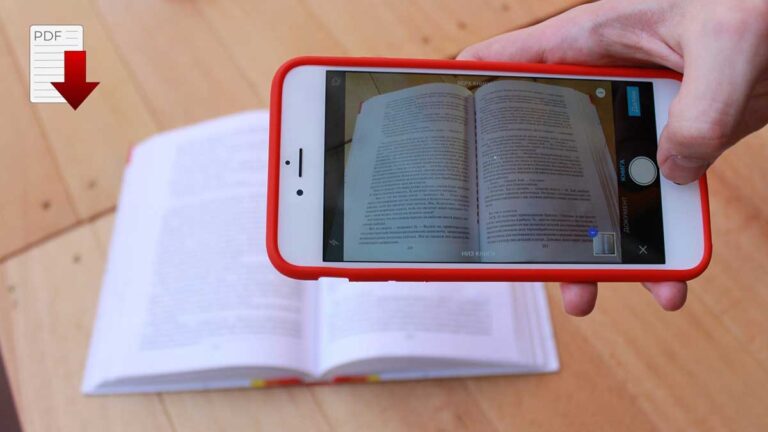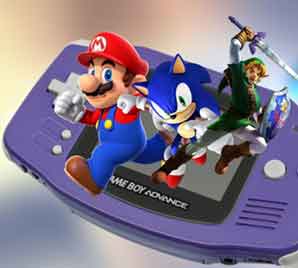Healthcare Sensors – The Future of Sensors for Healthcare
Sensors for Healthcare
There’s no denying that sensors are incredible applications for the healthcare industry. Without medical sensors, our chances of survival would be much lower. Doctors use sensors for patient monitoring and treatment. They can provide data at an instant without the need for invasive diagnosis.

While the medical sensors of today are impressive, the medical sensors of tomorrow are even more fascinating. They’ll be portable, tiny, and capable of giving consistent and accurate readings – and they need only be attached to the skin.
You can find out about some of the best sensors available currently by clicking here.
The New Sensor
We’re already starting to see versions of “skin sensors” being produced today, with millions of early versions, including sensors woven into tattoos, bandages, and patches, being used in tests and trials across the world.
The fantastic thing about these sensors is that they allow doctors to monitor patients remotely. This means that patients don’t have to break up their usual daily routine to pay a visit to the hospital if it isn’t necessary. It also means that doctors can monitor patients consistently, and not just while a patient is inside their medical facility.
These aren’t the only benefits of the new skin sensor. Patients who don’t even need to be monitored by a doctor could also wear a sensor by choice. This would allow their GP to detect a problem at a far earlier stage. If the sensor was to flag up something unusual. Even the likes of pandemics could be detected before they became out of hand.
Portable Oxygen Sensors – Healthcare Sensors
We’ve already seen an example of “portable” sensors being used today in the form of oxygen sensors. Many COPD patients use wearable oxygen sensors that can monitor oxygen levels in the blood, heart rate, temperature, and other vital signs.
The difference here is that these sensors are usually worn as a watch, wristband, or another device that has close contact with the skin. They’re not currently small or compact enough to be attached directly to the skin via a patch or tattoo.

Digital Sensors – Healthcare Sensors
Another example of a sensor that already exists for remote monitoring is the smart digital sensor, again often fitted inside a watch or a band. This sensor is capable of reading and displaying a person’s heart rate, breathing, motion (such as running or walking), and temperature.
Many people currently use these sensors as a way to monitor their fitness levels. They certainly do provide useful information. But just how accurate this information is may lead to some debate. What’s clear is that a sensor that could be in closer contact with the skin would provide data at a higher level of accuracy.
Moving Forward
A number of sensor manufacturers are currently in the process of designing skin sensors. That will greatly benefit the medical industry going forward.
This includes tiny sensors that can be placed on the skin of a person’s chest. As to detect heart rate without needing to use a more invasive approach. It will certainly be interesting to see the outcomes of these developments in the future.



![6 Tips to Choose the Right SEO Company [SEO Marketing] 3 the right seo company](https://techcody.com/wp-content/uploads/2019/12/the-right-seo-company.jpg)

